How are you, Gogoro?

Recently, articles about Tesla's activities have been published very often at Hiktimes. It is understandable, because it is popular, it is widely known, although it was not the first on the electric car market, but it was able to create a trend and is now associated with the word "electric car" for ordinary citizens.
And today I would like to talk about another company that is making its electric micro-revolution but already among two-wheeled vehicles.
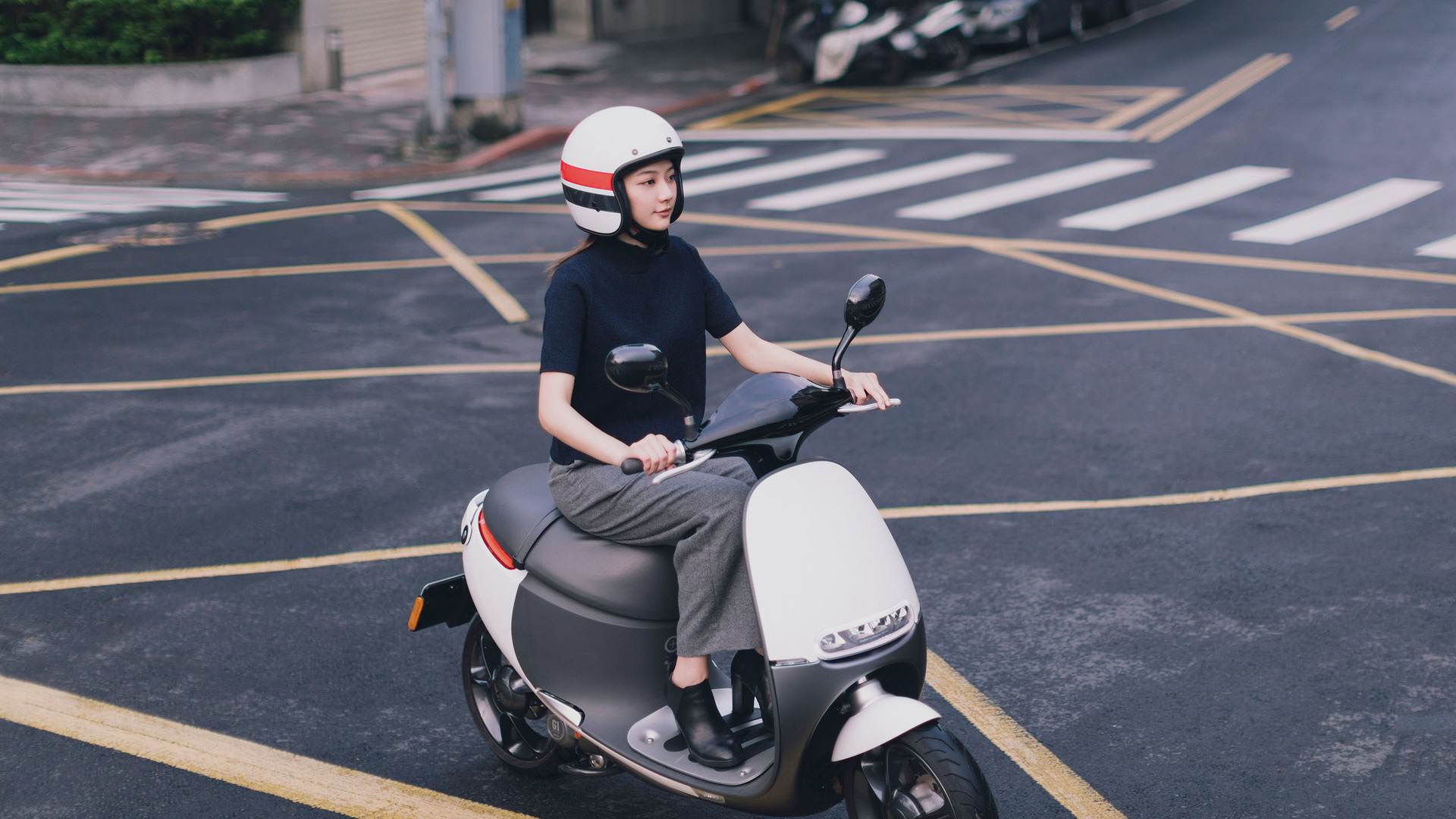
')
The name of this company is Gogoro . An article about the start has already been written about it, but I will tell you about the success it has achieved over time.
As the founder of the company and the ideological inspirer is designer Horace Luke, who had previously worked at HTC, Nike and Microsoft, one of the main focuses was made on the design in order to maximize the attention of young people, which he managed by five points. The scooter design, user interaction, approach to presenting information in marketing materials, are made with an eye on the mobile industry: juicy and licked photos, stylish videos with production personnel, the scooter has a wide choice of personalization of both external panels and color design of the instrument panel screen and even sounds (!) during its operation, and of course the application on smartphones and even smart watches, i.e. all in the spirit of modern fashion and the requests of the target audience. (I don’t need to talk about the absence of an application under WP / WM, everyone understands this anyway).
Why did I first write the “micro-revolution”, but because the project is still limited to the territory of Taiwan. Taiwan itself is chosen for a reason - it has the largest number of scooters per capita in the world, since there is simply very little space for cars.
Specifications:
- The main body is made from a single piece of aluminum.
- Scooter weighs 112 kg
- Self-developed G1 electric motor, delivering 8.58 horsepower, 24.38 Nm of torque
- Accelerates to 50 km / h in 4.2 seconds
- Maximum speed of 95 km / h
- With an average speed of 40 km / h can travel on a single charge to 100 km
- Two blocks of 120 batteries of size 18650 from Panasonic (similar to those in Tesla) and weighing about 9 kg each
Perhaps future generations of fans of electric vehicles will make legends about 18650 batteries, and bards will sing songs in VR helmets in front of a virtual bonfire ...
The possibility of overcoming the ford up to 30 cm in depth is also declared, since the scooter’s filling is protected from water and complies with the IPX7 standard, above 30 cm the protection of the IPX6 level. But swim as Tesla will not work.
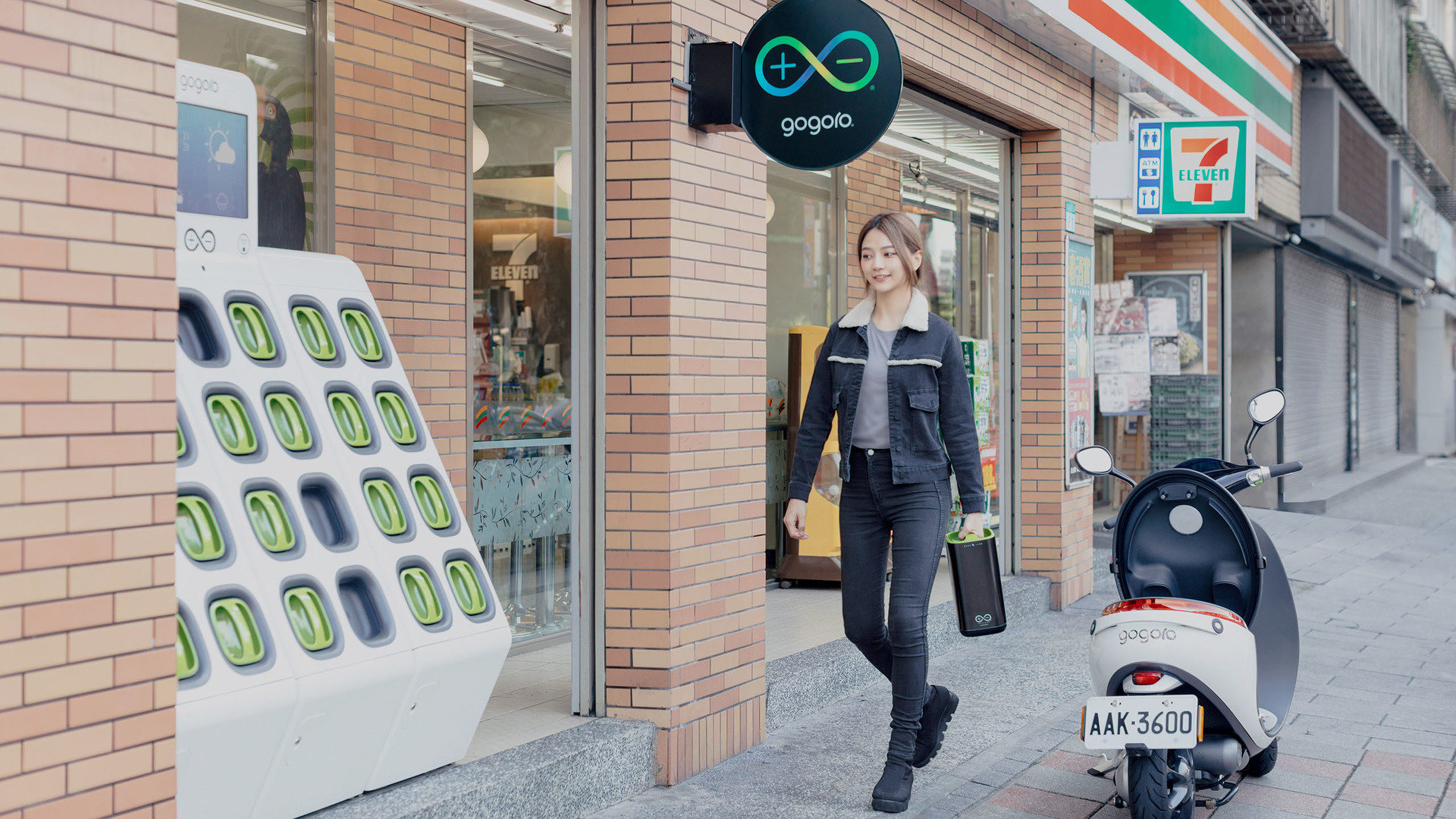
About the batteries themselves, the original idea of using two batteries, which can be quickly replaced with fully charged ones in special stations (called GoStations), is implemented in the scooter. The idea is as follows: you pay a monthly fee per month and change the dead batteries as needed, the change takes no more than a minute, and with a certain dexterity you can stay within twenty seconds, this approach saves you from having to charge for a long time and be tied to one place as it happens with electric vehicles at the moment. It also reduces the cost of the electric scooter, since the batteries are rented and their full cost is not paid. This distinguishes the project from all other electric vehicles.
Yes, a knowledgeable reader will argue that such ideas are no longer new, and they will be right, and this is the first project brought to practical implementation, as well as having several beneficial differences. First is the ease of replacement, which does not require complex equipment or skills, and secondly, the low cost of charging stations (about $ 10,000) and the ease of its installation and scaling.
To the question “how can I charge at home?”, The company responded that it would provide the battery replacement stations with the maximum coverage of the territory and there would simply be no need for that. She keeps her word and at the moment the stations are located at a distance of about two km from each other, which makes the daily operation of the scooter quite comfortable.
Batteries and charging stations are developed in collaboration with Panasonic, which is also one of the sponsors. The battery has 25 sensors and an NFC chip for exchanging information with charging stations. Full charge lasts an hour and a half and is designed for two thousand cycles. After working out the prescribed number of cycles, a battery usage pattern is assumed, again similar to Tesla, for example, for home drives.
Despite the statement about "unnecessary charging at home", the company, to the delight of the owners of scooters, on January 5, 2016 introduced a charger for the house or garage. They received extremely positive reactions with statements in the spirit of “this is exactly what was missing!”.

According to the company for January 2016:
- Over 4,000 scooters sold
- The owners of electric scooters drove more than three million kilometers.
- More than 212 battery replacement stations were installed (data for July 2016)
- More than 2000 batteries are replaced per day.
- Also, 135,000,000 liters of gasoline were saved and more than 261,000 kilograms of CO2 were not released into the environment.
The last statement is doubtful, since it is not clear whether it takes into account the production of electricity, the production and disposal of batteries.
The company has mastered the full production cycle, in the absence of the possibility of ordering the necessary parts from third-party manufacturers. It also proposes and gradually expands a very wide choice of personalization, from the choice of color scheme to the instrument panel screen (supporting over one and a half million colors), up to creating through the application your own beep sound, not to mention the color panels on the body with various prints, all this is very vividly distinguishes Gogoro from two-wheeled competitors.
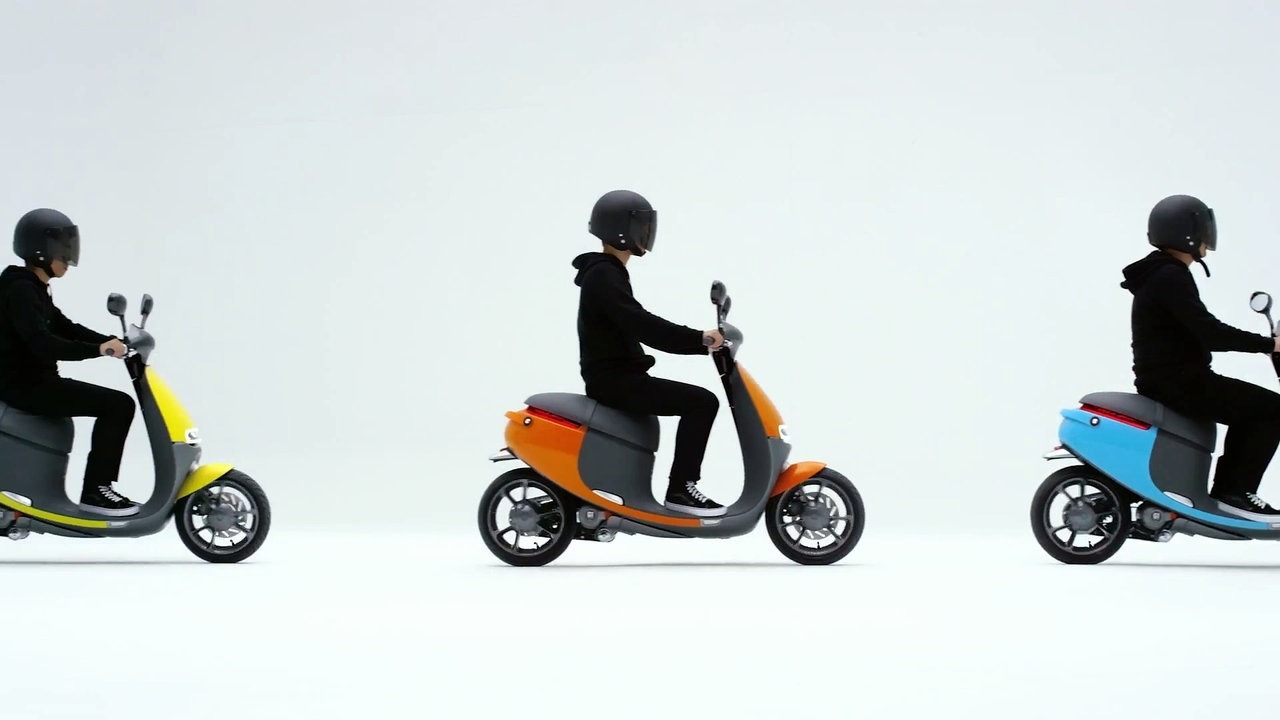
But there are some difficulties.
For example, the idea itself with a quick replacement of batteries is beautiful, but it is convenient only if there is a developed network of stations, and this greatly hinders the expansion into new territories and especially other countries. In the same America, the network of “classic” charging stations is already fully developed, and the development of GoStation's charging station installations will have to start from scratch, and the area coverage there needs to be completely different. But it’s not a few comments on YouTube from people from other countries who ask when and how it will be possible to buy an electric scooter in their country, but the answer is silence.
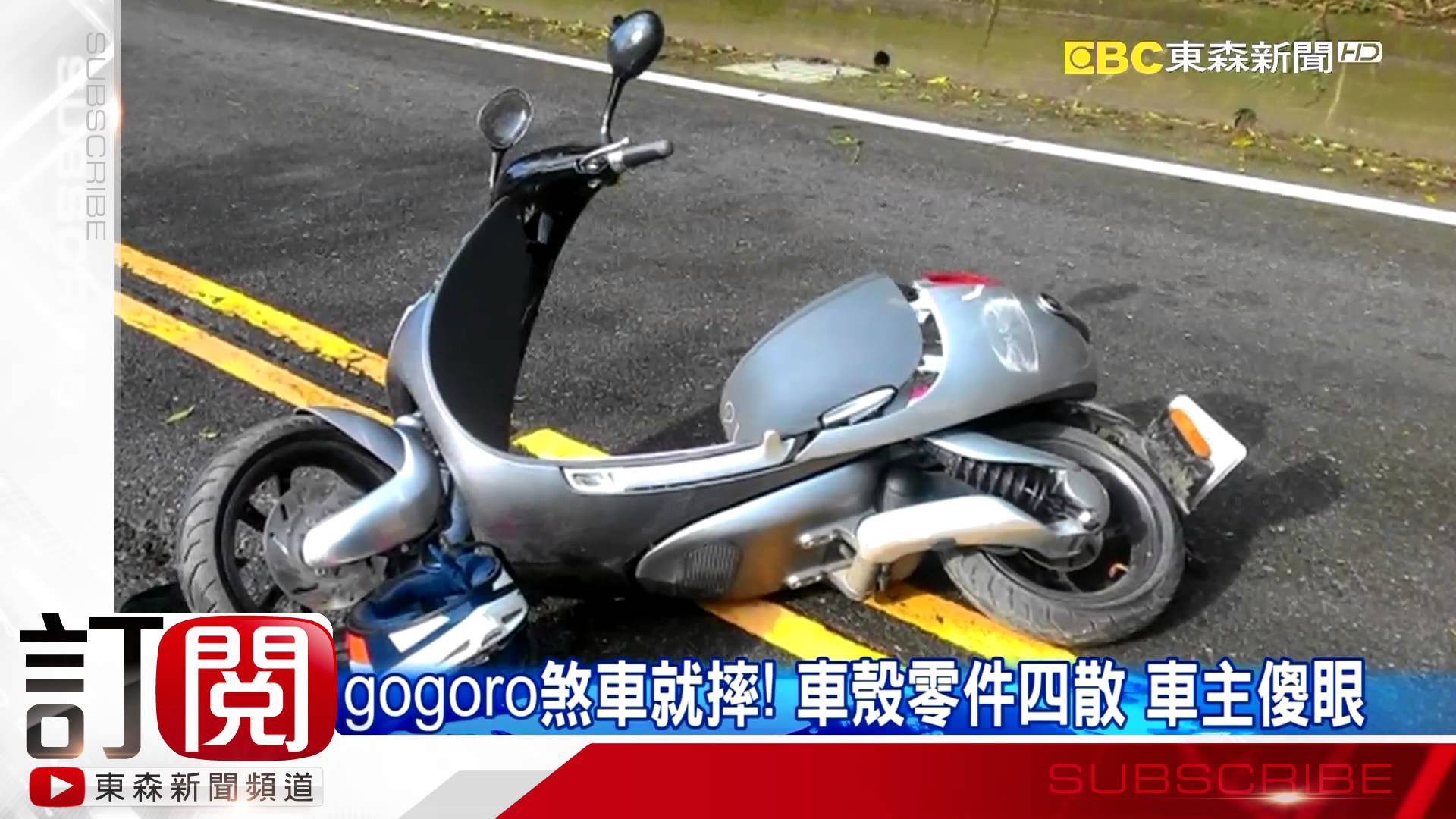
Not without accidents, serious and not very. A year ago, I came across a video where the accident was very strong, the aluminum body was torn in half, something very terrible happened, but at the moment this video seemed to have disappeared, I cannot find it, would not be surprised if the
Accidents that can be found on the network are not very serious, while the owners are surprised by the high cost of repairs, but note the quality and strength of the structure.
As with the cost of repairs, in terms of design and thoughtfulness, Gogoro is compared to Apple. And I agree with them, just like “Apple and everyone else”, and Gogoro with its originality, its approach to development and the quality of performance clearly stands out from the rest of electric and ordinary scooters, which may have a beneficial effect on the two-wheeled vehicle market. , as Apple has done more than once with the mobile device market (I am not a fan of the latter, I don’t use appliances). And Gogoro will become a household name among electric scooters.
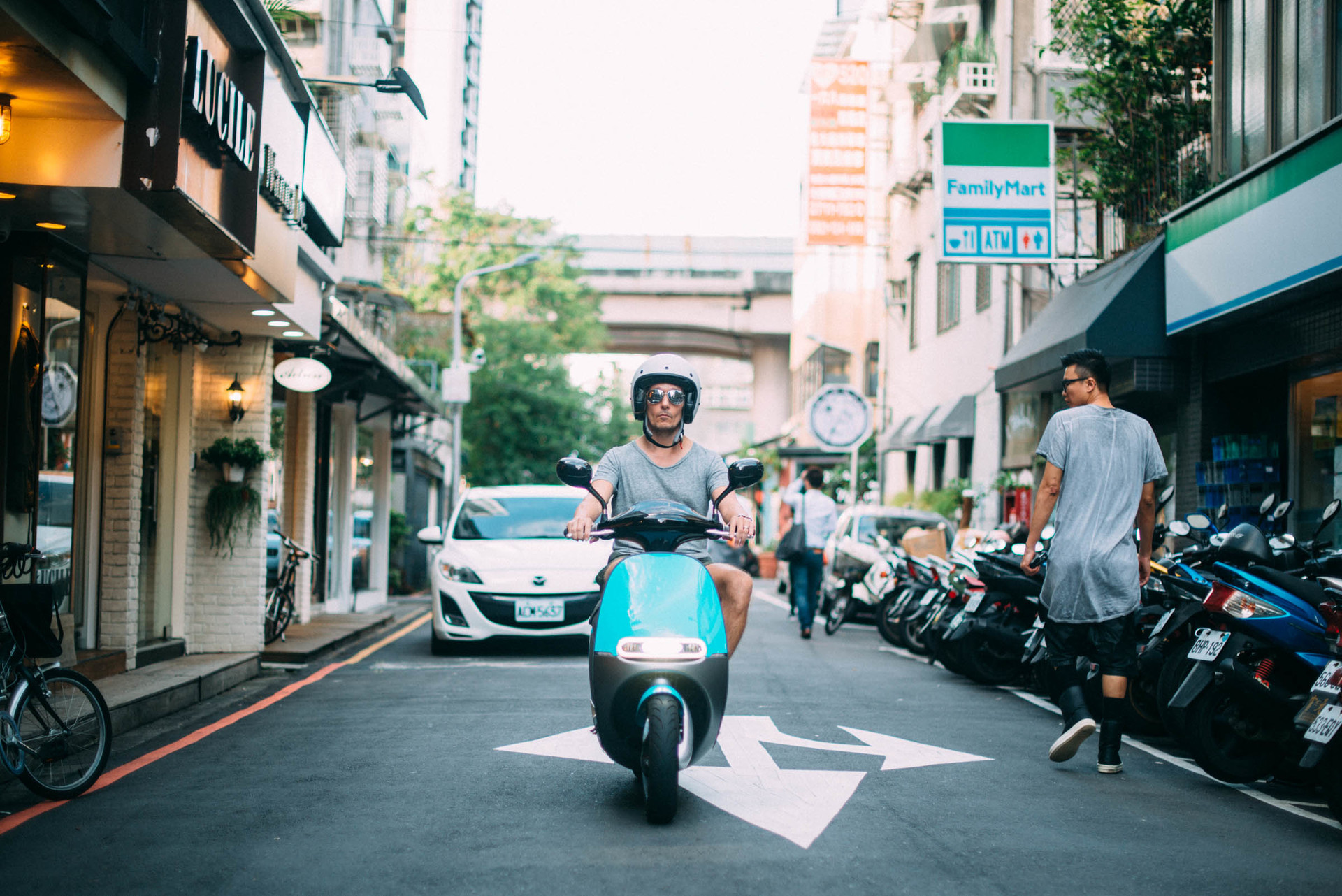
Horace Luke does not exclude the possibility of developing a four-wheeled vehicle, while using the same scheme with batteries, but this is only a look into the future.
So the project grows and develops, but, unfortunately, remains still local, despite the fact that the company offers the opportunity to launch development in any other city or country. And what if there is an investor and the installation of charging stations and selling scooters will begin in our sunny Sochi, because everything can be done?
Do you think the project has a future or will it not go beyond Taiwan?
Sources
gogoro.com
zh.wikipedia.org/wiki/Gogoro
fortune.com/2016/01/05/gogoro-electric-scooters-expands
www.slashgear.com/gogoro-smartscooter-is-tesla-for-the-everyman-05362021
youtube.com
internet
PS When writing an article in the search for information, Yandex and Google had to actively use translators to understand the text in various languages, since there is little information about the details of the project on an official source. And if you can still catch the general message from English or another European language, then try to find meaning and useful information when Yandex, after being translated from Chinese, gives you this: "I believe that the people of Taiwan are acid people, Taiwan, Taiwan are not birds." After some time, it was necessary to take a pause and be distracted from the collection of information, since the very thoughts in my head began to form in a similar way ...
Source: https://habr.com/ru/post/396151/
All Articles